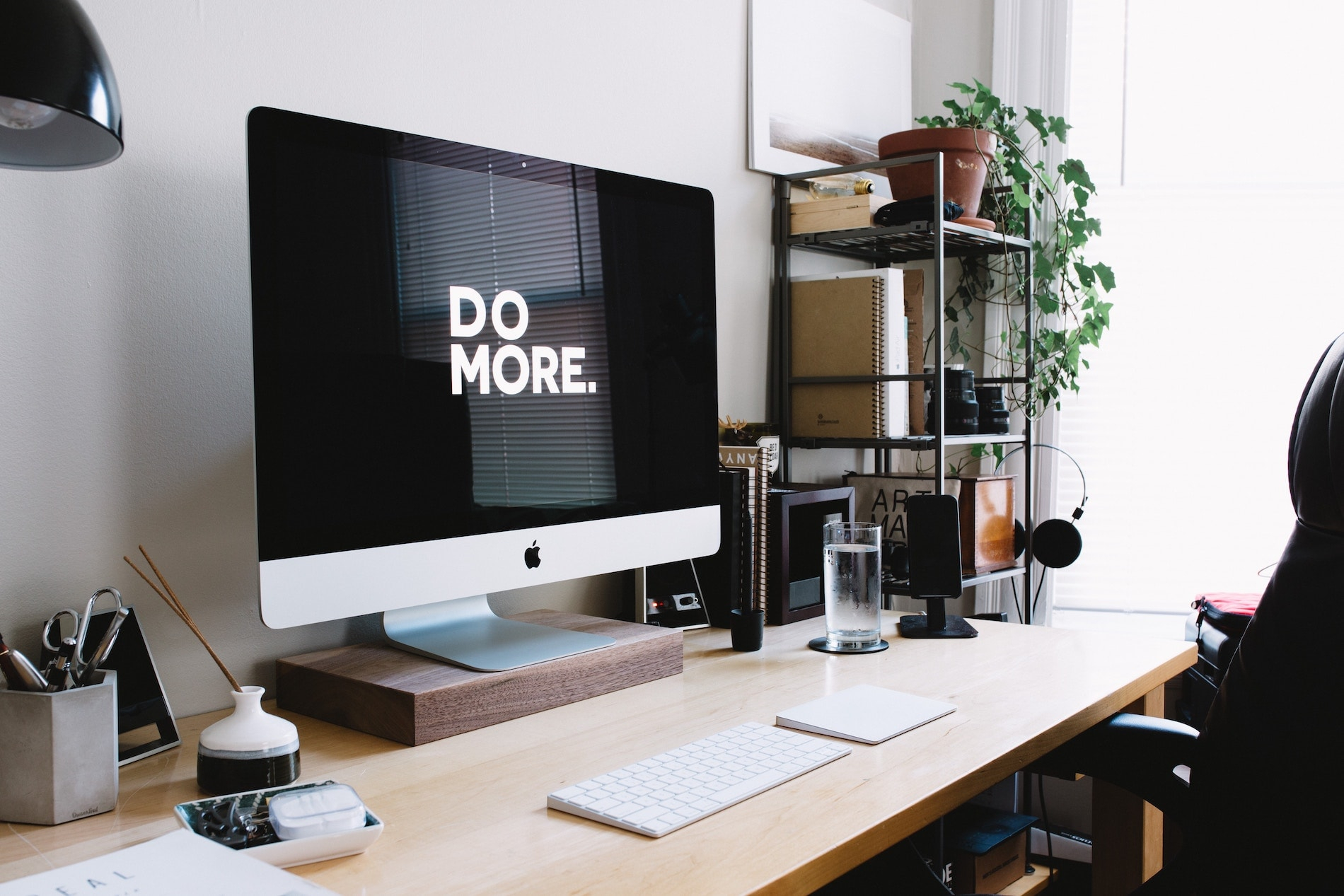
What is Green Packaging?
Phrases like 'green packaging' and 'sustainable packaging' get used a lot in discussions about environmentally responsible business. But what actually makes a packaging design 'sustainable'? We break down the jargon and make it simple.
By Beth Owens — 16 June, 2019
Green packaging, also known as sustainable packaging or eco-friendly packaging, refers to packaging designs which have the lowest environmental impact possible. They achieve this by limiting the packaging waste created, maximizing sustainable materials (such as recyclable or biodegradable packaging elements) and the use of renewable energy during production. In short, sustainable packaging is all about being mindful of your business’s carbon footprint.
Why does this matter? Because packaging is one of the biggest outputs of waste for retailers. Last year, the delivery service UPS delivered 5.2 billion packages - that's a lot of packaging materials! According to the EPA, packaging waste makes up one-third of what is delivered to landfills each year. This is a huge source of concern for environmentalists. Many common packaging materials, such as plastic and polystyrene, have an adverse environmental impact. Conventional packaging designs can also be inefficient, using far more materials than they need to. So, making the switch to a sustainable packaging design is one of the easiest ways for small businesses to lower their footprint.

What is the definition of sustainable packaging design?
There is no universal definition for sustainable packaging. But an environmentally-friendly design comes down to a combination of these factors:
Meets cost and performance requirements. Sustainable packaging options, as well as minimizing environmental impact, still need to be affordable and fulfill the same needs as regular packaging designs. If they don’t, they don’t present a viable alternative to businesses.
A life-cycle that feeds back into reuse and regeneration. The life-cycle of the average packaging design is a very linear one. It’s produced, used once, and then thrown away. Even if it’s biodegradable packaging, this is still a missed opportunity to integrate packaging materials back into a circular economy. A sustainable packaging design allows for reuse and recycling options. So, it uses far less non-renewable or renewable energy than one which requires packaging materials to be produced from scratch.
Avoiding petroleum based packaging materials. Petroleum based substances, such as plastic, affect the sustainability of your packaging design. Petroleum is not a renewable energy source. This means it’s not a viable long-term solution for the packaging industry. Plastics aren’t biodegradable packaging because they don’t break down in a reasonable timeframe. (A plastic bag takes over a thousand years!) Recycled plastics are possible for containers such as bottles. But the soft versions which make up the majority of plastic packaging can’t be regenerated. This gives plastic a massive carbon footprint, meaning it can’t be considered a sustainable packaging option.
For more information on this topic, you can check out our 2019 sustainable packaging study here!

What are considered to be sustainable materials for green packaging?
‘Zero waste’ packaging is very difficult to achieve. But you can limit packaging waste by choosing eco-friendly packaging options wherever possible. As we’ve discussed, the most sustainable packaging materials are those with the smallest carbon footprint. They maximize renewable energy and present the most options for reuse, regeneration or safe disposal.
For example, a ‘single-use’ packaging design can have a negative environmental impact. But biodegradable packaging is designed to break down within a short timeframe. This is a great eco-friendly option for businesses, which is why we introduced compostable mailers into our range.
Biodegradable packaging materials include:
- Corn starch
- Sugarcane
- Mushroom fibers
Biodegradable plastics are also becoming a more viable option commercially. The Sustainable Packaging Coalition estimating that this market will see a 25% growth rate between 2015 and 2020.
Recyclable packaging materials, such as paper and cardboard, are already in widespread use. Because of this, many businesses don’t always register that they use sustainable packaging already. But trust us, it makes all the difference!
But not all paper is created alike. As with most things, there are better and worse options. For example, sourcing paper and cardboard certified by the Forest Stewardship Council ensures that your packaging design is as environmentally and socially sustainable as possible.
Likewise, the ink used has a massive bearing on the sustainability of your design, especially for custom packaging. Petroleum based inks have a harmful environmental impact. So, soy-based inks present a viable eco-friendly alternative. Soybeans are a fantastic renewable energy source. They also produce much more vibrant colors for printed packaging designs!

What are the benefits of sustainable packaging for my business?
All businesses have a responsibility to do their bit and lower their carbon footprint. But sustainable packaging has more benefits for your business than a more environmentally friendly outlook!
With the rise of the ‘conscious consumer’, sustainable business practices are what customers want. People are feeling greater empowerment to support brands which have the same values they do. Whether it’s about fair labor, renewable energy usage or reducing waste. According to a Cone Communications study, 91% of consumers expect businesses to practice corporate social responsibility. Packaging also remains the preferred method for receiving information about businesses’ efforts. In short, your packaging design matters. It’s a convenient shorthand for your customers to judge your eco-friendly efforts. So, making an effort to use sustainable packaging materials doesn’t just help the planet - it helps to attract business too!